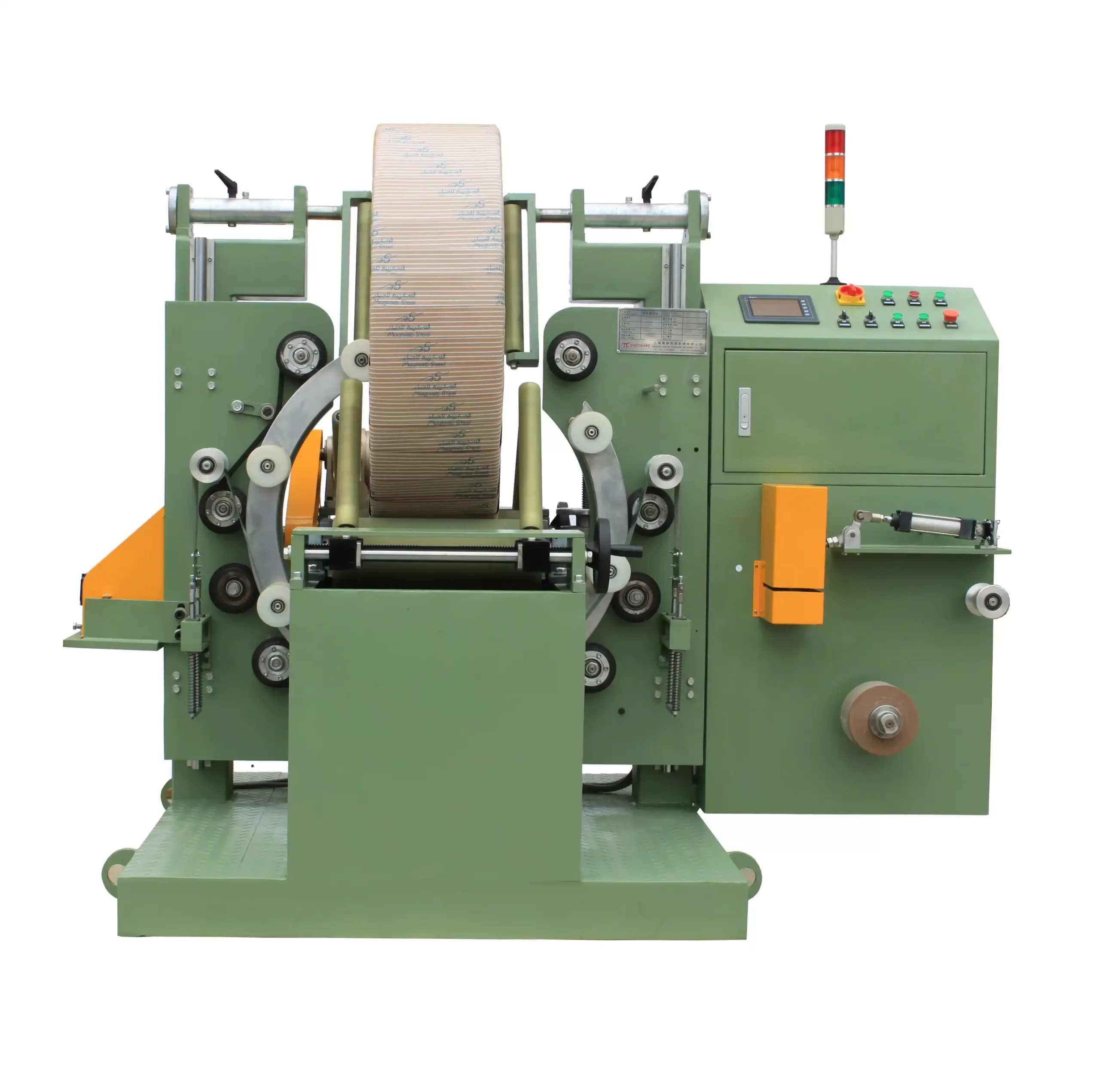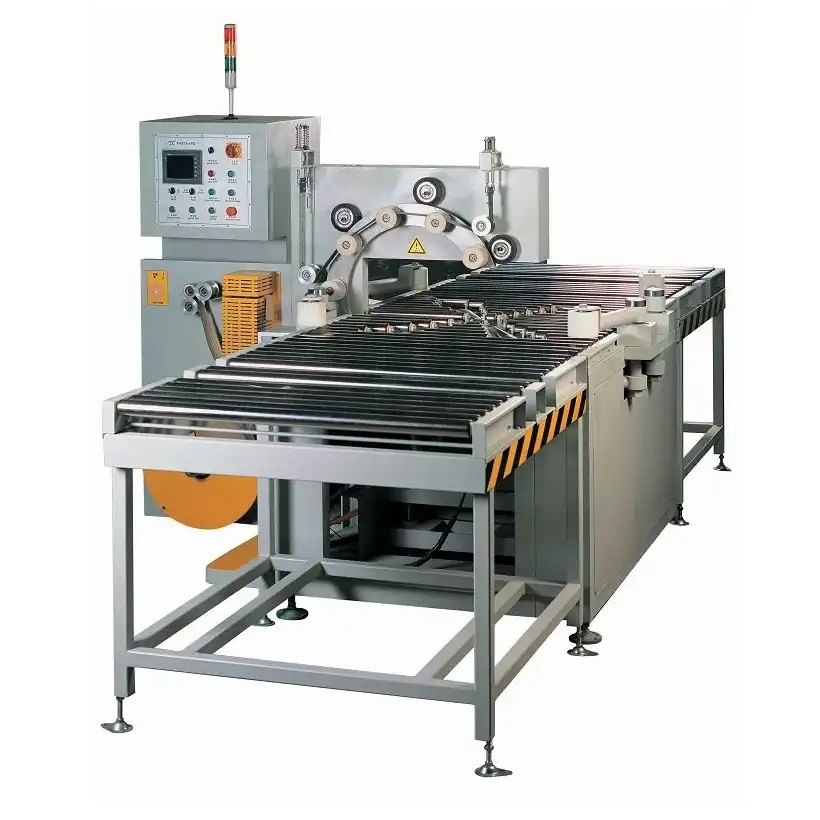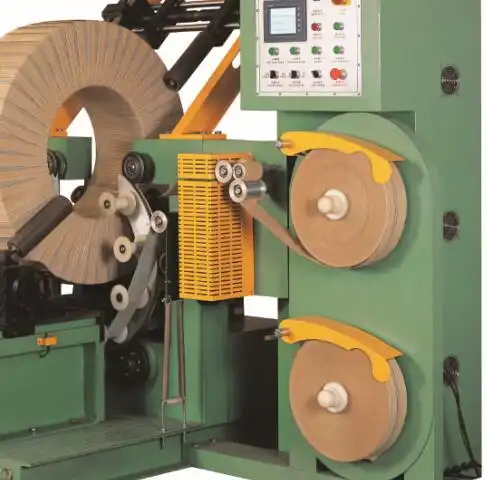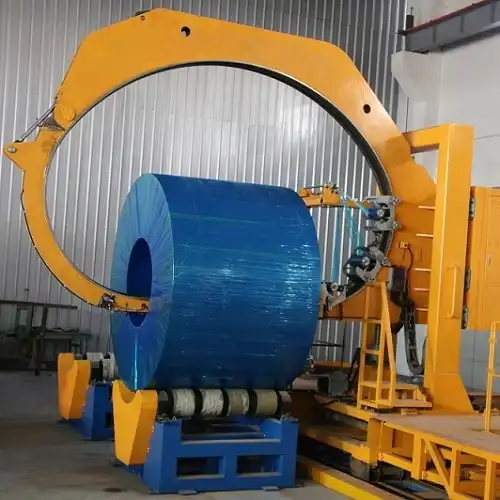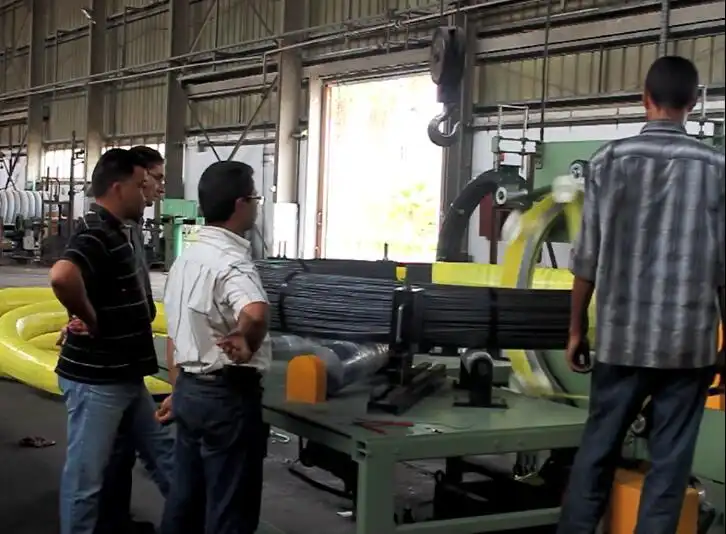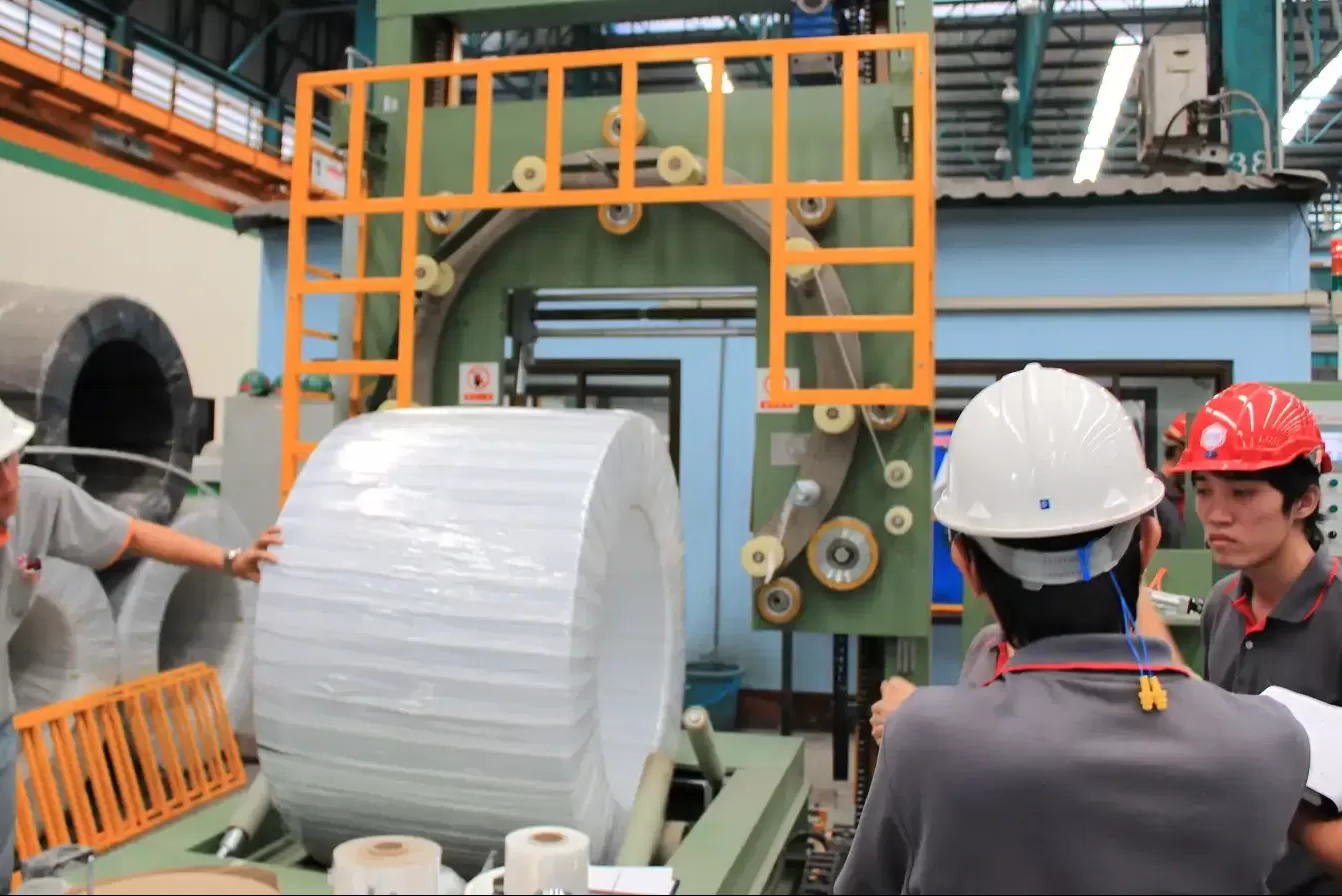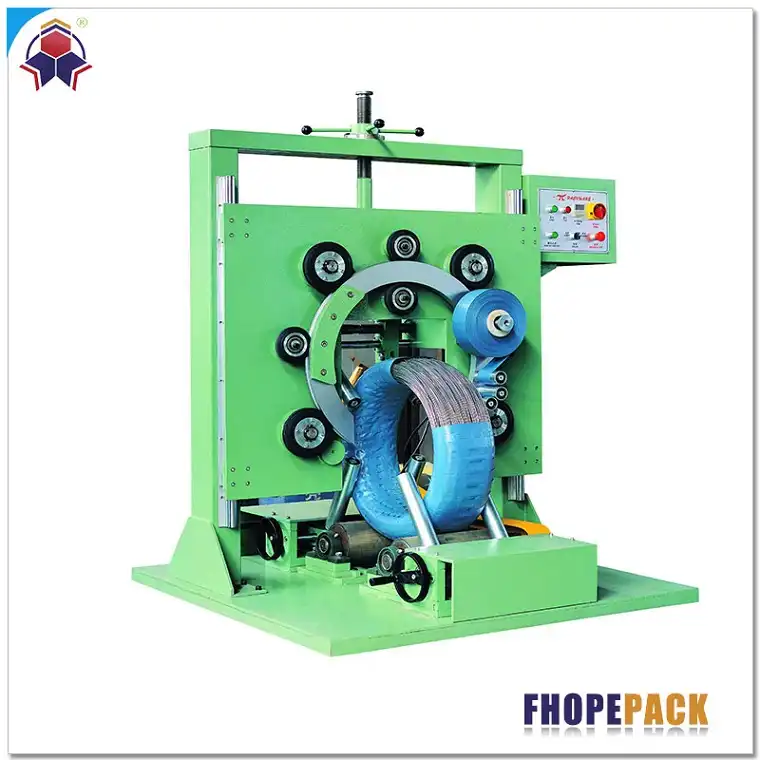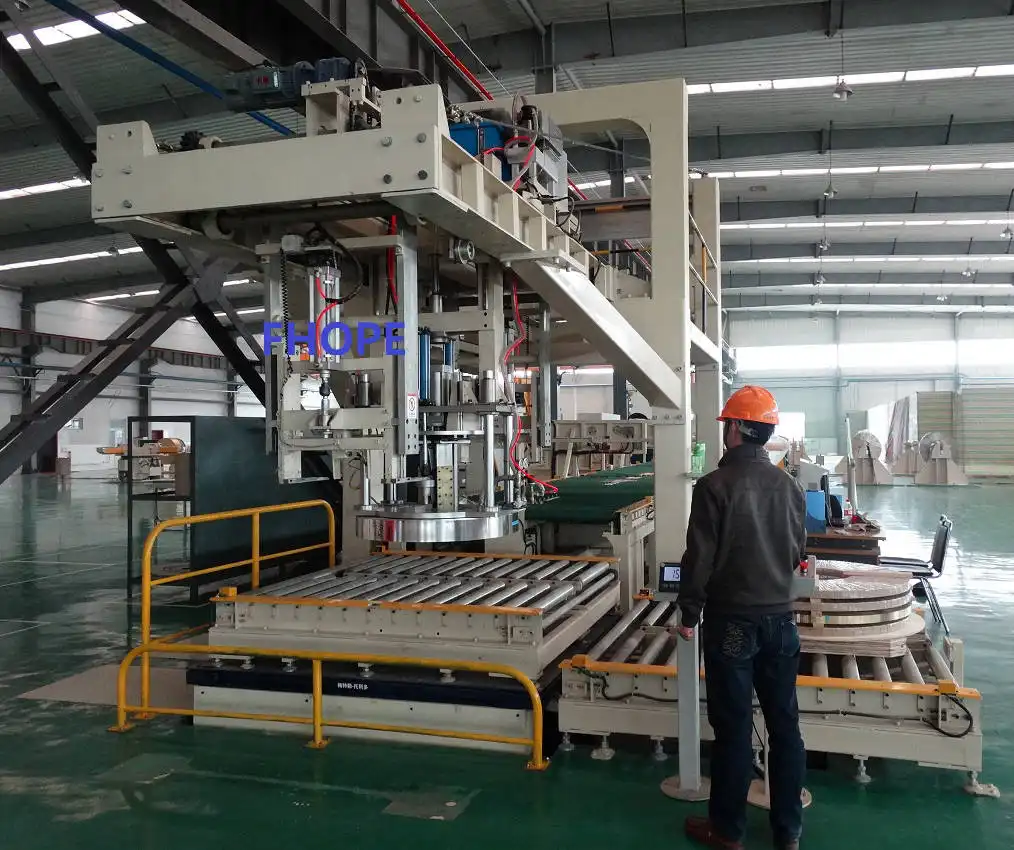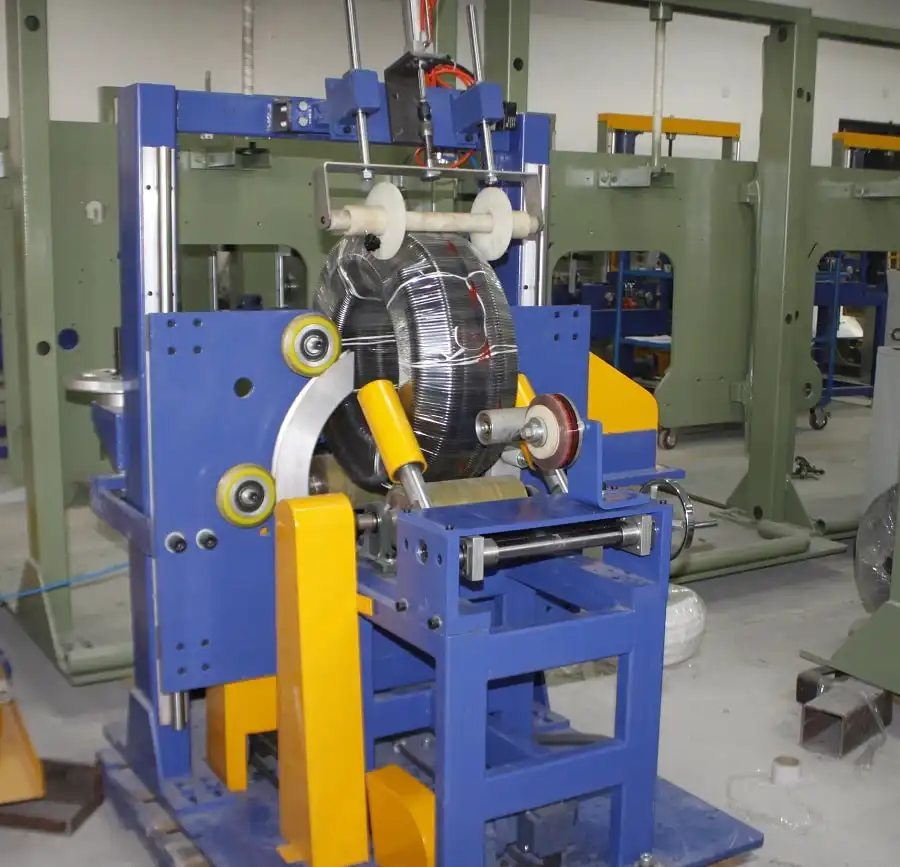What Should I Consider When Searching for a Reliable Coil Wrapping Machine Manufacturer?
# What Should I Consider When Searching for a Reliable Coil Wrapping Machine Manufacturer? In the world of industrial machinery, […]
What Should I Consider When Searching for a Reliable Coil Wrapping Machine Manufacturer? Read More »
